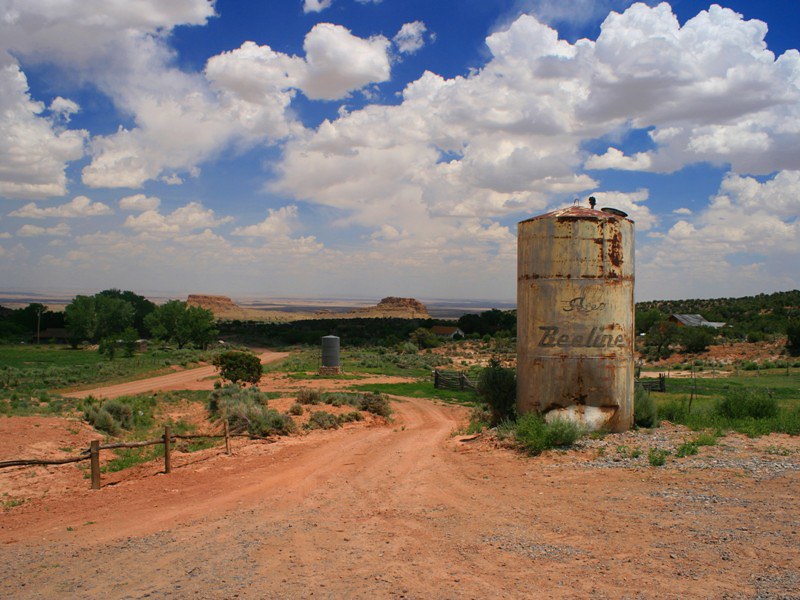I’ve always had a terrible time remembering how to spell a certain word. It’s the one that describes a mixture of black and white. Should it be gray or grey?

In a sense I understood that it depends upon geography. The adoption of simplified spelling in the United States through the efforts of people like dictionary publisher Noah Webster in the early 19th Century certainly had an impact. I uncovered a little mnemonic that helped me out. The word grAy applied primarily to America; the word grEy applied just about Everywhere else.
That introduced problems and exceptions too. It seemed somewhat dismissive to consider the United States as representing all of “America” for instance. Also certain proper terms such as Greyhound always featured an E regardless of geography. Still, I’d discovered a simple enough mnemonic even with its limitations.
According to Grammarist.com,
“Gray and grey are different spellings of the same word, and both are used throughout the English-speaking world. But gray is more common in American English, while grey is more common in all the other main varieties of English. In the U.K., for instance, grey appears about twenty times for every instance of gray. In the U.S. the ratio is reversed.”
I’m not a grammar expert. Readers have to spend maybe five minutes on 12MC to understand that. I only wanted to know if that same ratio held geographically. I figured the percentage might be a little fuzzier. Many placenames existed prior to the polarization of gray versus grey between English-speaking nations. Either way, I was about to find out.
Gray and Grey in the United States
The United States’ Geographic Names Information System referenced 1,962 gray placenames and 550 grey placenames. That came a lot closer to 4:1 than the stated 20:1. Nonetheless, it marked a clear preference for the “Americanized” version.
Twelve Mile Circle loves anomalies. So I examined the list of places in the United States that fell on the counterintuitive side of the spelling divide. The 550 were much more interesting to me than the 1,962.
Two Grey Hills, New Mexico

Therefore, Two Grey Hills fascinated me in particular. What a wonderfully descriptive placename. Well, even if the two namesake hills in the embedded photograph didn’t look all that grey or gray. The photographer noted that he’d captured this image outside of the Two Grey Hills Trading Post (map) in a remote corner of western New Mexico.
The trading post dated back to 1897.
“… over a century old, and one of the few remaining historic posts on the Navajo Indian Reservation, is the primary source of authentic regional rugs and tapestries. Made of hand spun yarn from the fleece of naturally colored local sheep in shades of gray, brown, black and white, they are known around the world as the finest in Navajo weaving… Operating in isolation for over 90 years with no identifying signs, it is well known only to Navajos.”
The price of intricately handwoven Two Grey Hills rugs reaches thousands of dollars, easily.
Grey and Gray Everywhere Else
The Gazetteer of British Place Names included 24 instances of Grey and 11 instances of Gray. The overall totals were much smaller than GNIS because the British database included only populated places. It didn’t record every conceivable geographic feature like its US counterpart. Britain certainly demonstrated a preference for grey in its placenames although nothing approaching 20:1 in my unscientific sample.
Canada, however, surprised me. The Canadian Geographical Names Data Base returned 93 grey placenames and 112 gray, or fairly equal. Perhaps that’s not too surprising. I already learned “the spelling system can be said to follow both British and American forms”. That seemed to be the case for grey/gray at least for Canadian placenames. Maybe our Canadians readers can tell us if a spelling preference existed for other usages.
Gray, Saskatchewan
Nonetheless I selected a gray in Canada, the small prairie hamlet of Gray, Saskatchewan. But do not confuse it with Earl Grey about 111 kilometres farther north (map).
“Gray is a small community located 25 miles southeast of Regina. It was established in 1911 as an agricultural based town. Gray and the surrounding area is home to over 130 people and attracts people from a 35 mile radius for it’s many activities. Like most small towns in Saskatchewan, Gray has experienced the ups and downs in it’s population base and is currently in a growth position.”
The hamlet used the Americanized spelling of Gray and referenced miles rather than kilometres on its website. I began to wonder if someone might have slipped the border a little farther north during the night when nobody was looking. Then I noticed that social activities in Gray seemed to focus on its hockey rink. Clearly, Gray belonged in Canada.
Next I conducted some serious investigative journalism as the 12MC audience has come to expect over the years. Wikipedia claimed, without attribution I might add, that the village “…has a hockey team called the Gray Hounds.” This statement violated the Greyhound rule and required additional fact-checking.
I found no verifiable evidence for the existence of the Gray Hounds. Indeed, the Men’s recreational hockey team in Gray went by a completely different name: the Screaming Os.
Oh my.

Leave a Reply